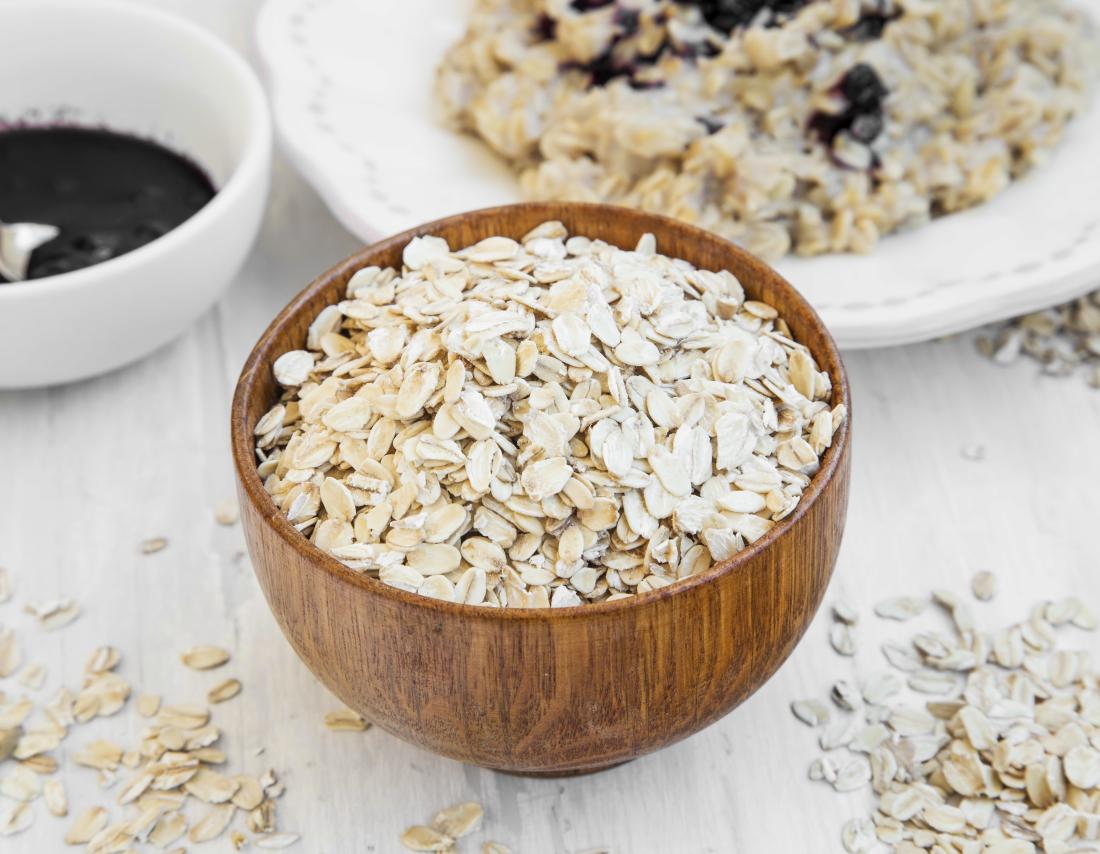Carbohydrates are an important part of any diet.
There are several types of carb, and the body digests each one differently. Some carbs are not fully digestible. For this reason, the total amount of carbs in a food is different to the amount of net carbs.
In this article, we cover the types of carb, the foods that contain them, and how to calculate net carbs.
What are net carbs?
Fruit, soda, and candy contain simple carbs, which makes them easy to digest.
The key difference between total carbs and net carbs is that total carbs include all the different types of carb in a food or meal. These include starches, dietary fiber, and sugars.
Net carbs, on the other hand, only include carbs that the body can fully digest into glucose.
The two main types of carb are simple and complex carbs. Simple carbs are made up of just one or two sugar molecules. This means that the body can digest them easily.
Simple carbs occur in a variety of foods and drinks, including:
Complex carbs, on the other hand, contain chains that are several molecules long. This means that they take a little longer to break down, which makes them a more lasting source of energy.
Some foods that contain complex carbs include:
- cereals
- pasta
- rice
- corn
- beans and legumes
The body is unable to fully digest some types of complex carb, such as fiber. Complex carbs are not included in net carb calculations. Learn how to subtract them from a food’s total carbs below.
How do you calculate net carbs?
In the sections below, we cover how to calculate net carbs based on each different type of carb.
Fiber

A person should subtract fiber when calculating a food’s net carbs.
The body cannot fully digest most types of dietary fiber.
To calculate a food’s net carbs, it is necessary to find the amount of fiber in a food and subtract it from the total carbs listed on its nutrition label. It is important to note the serving size of the food product, because these numbers are specific for one serving.
For example, a food that contains 20 grams (g) of total carbs and 10 g of dietary fiber has 10 g of net carbs. This final number, 10 g, is the amount of carbohydrates the food contains that the body can digest into glucose.
Sugar alcohols
The body partially digests most sugar alcohols.
In most cases, a person should subtract half the amount of sugar alcohols from the total carb amount listed on the label to get the net carbs.
Erythritol is a type of sugar alcohol that the body cannot digest into glucose at all. To calculate the net carbs of a food containing erythritol, subtract the total amount from the total amount of carbs listed on the nutrition label.
This means that for a product containing 10 g of any other sugar alcohol, subtract 5 g from the total carbs to get the net carbs.
However, for products containing erythritol, subtract the full 10 g from the total carbs to get the net carbs.
Foods with fiber and sugar alcohols
Some ready-to-eat foods, including energy bars and protein bars, contain both fiber and sugar alcohols.
In these cases, work out how many grams of fiber and how much of the sugar alcohol there is to subtract. Then, add these two numbers together, and subtract that number from the total carbs.
So, a food with 20 g of total carbs may contain 10 g of fiber and 10 g of sugar alcohols. Subtract all 10 g of the fiber and 5 g of the sugar alcohols. Next, subtract this total of 15 g from the 20 g of total carbs. This leaves 5 g of net carbs.
Calculating net carbs for diabetes
Many people with diabetes count the amount of carbs in their diet. In many cases, calculating net carbs can help people with diabetes track their intake of dietary fiber and balance medications with carb intake.
Knowing how much fiber and sugar alcohol are in a food or meal can help a person with diabetes determine the amount of insulin they need.
People with diabetes should talk to their doctor, dietitian, or diabetes educator before starting a low carb diet. They can offer advice on the amount of carbs the person needs and how best to track them. They can also match medications to carb intake.
Considerations

Calculating net carbs may increase the number of food choices a person has.
Calculating net carbs has some benefits over tracking total carbs, including:
- promoting a healthful intake of dietary fiber, which can increase feelings of fullness and help control blood sugar levels
- increasing how many food choices are available, as many fruits and vegetables are rich in fiber and contribute fewer carbs to a person’s daily goal
- possibly reducing the risk of low blood sugar for people with diabetes, who often need to calculate the amount of insulin they need based on the amount of carbs per meal they consume
Some disadvantages of counting net carbs include:
- increasing the amount of sugar free treats — which may not be carb free — in the diet
- the fact that food nutritional labels vary and may cause confusion among consumers
- the fact that methods for calculating net carbs are only estimations, as everyone’s digestive systems and bodily processes are different
Also, for dietary fiber to make any significant difference to a person’s blood glucose response, the American Diabetes Association note that products should contain at least 5 g of fiber per serving, in order to be able to subtract this amount from the total carbs on the nutrition label.
Summary
Net carbs refers to the total amount of fully digestible carbohydrates contained within a product or meal.
People can calculate net carbs by subtracting the whole amount of fiber and half the amount of sugar alcohols from the amount of total carbs on a product’s nutrition label. There are some exceptions to this rule, so it is important to read the ingredients list of any product first.
Also, it is important that people with diabetes consult their doctor before starting a low carb diet.
Many scientists and healthcare professionals do not recognize the concept of net carbs. For this reason, it remains unclear if there are any confirmed benefits of calculating them.
However, increasing the intake of dietary fiber and decreasing the intake of total added sugar is beneficial for most people.
